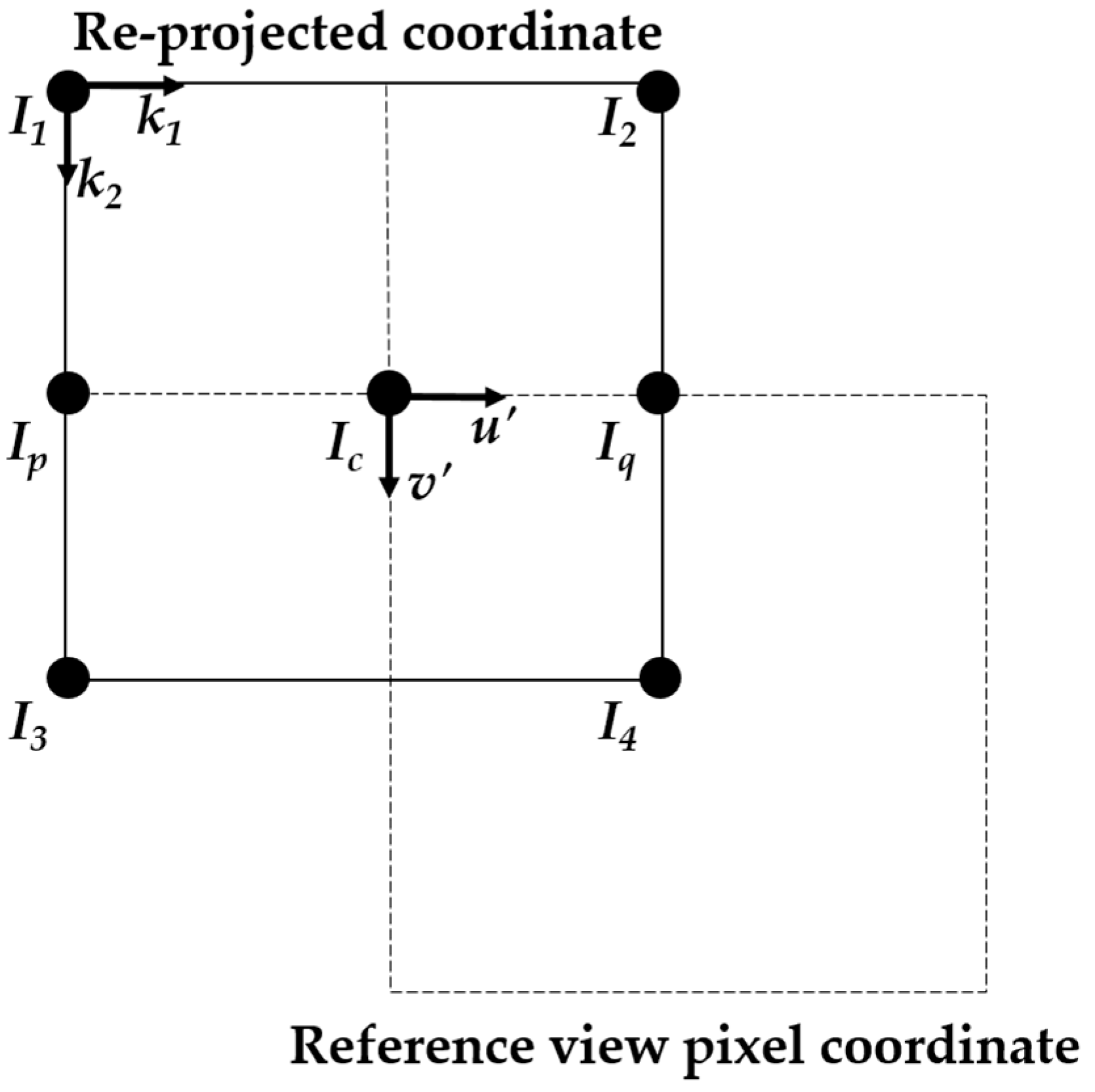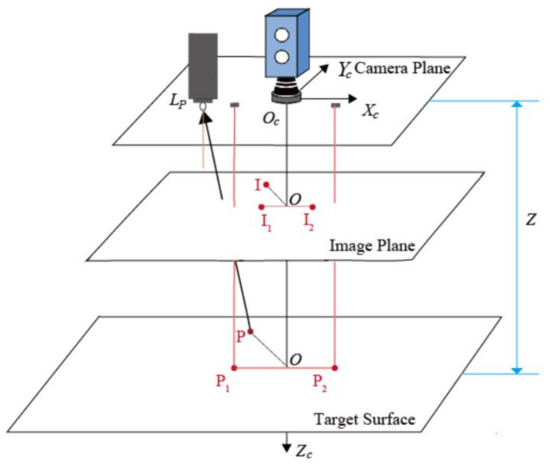

Google Patents US20140184749A1 - Using photometric stereo for 3d environment modeling Thus, it is important to consider the distance of the light source from the object being illuminated, as near-light photometric stereo often produces stronger shadows and an increased number of occlusions.Īs weve discussed, commonly constructed Photometric Stereo systems use the radiance values recorded at a single image location in successive views however, would this allow for a real-world application that inspects moving objects Inspecting a single stationary object requires more time and controlled inspection parameters, not often a luxury of high-speed moving inspection applications.US20140184749A1 - Using photometric stereo for 3d environment modeling This is because when a large number of images with strong shadows are processed, an over-smoothing of the depth map 4 and a lower-contrast image are a common result. However, it is important to note that a light source placed too closely to the objects surface during inspection can present a problem when trying to process a large number of images in one application.
#Photometric stereo software software
Note: delay is not to scale with the channel settings shown in Figures 5A 5B.Įach sequence comprises a series of events, which can include activity from 1-4 channels with the DCS-400E Quad Controller or from 1-8 channels with the DCS-800E QuadX2, with each channel featuring its own pulse delay, current, and pulse width settings.įigures 6A 6B demonstrate a series with four separate events, requiring four triggers from the camera to complete the sequence.Ĭombining the images together (seen earlier in the black plastic clip example in Figure 1) provides an enhanced inspection of the surface.Īfter all, increasing the number of images taken with different light angles results in additional data points for the software to produce a more robust image 4. Standard Mode works like a traditional strobe controller, firing all channels with a fixed delay and pulse width.įigures 5A-5C demonstrate the software interfaces of both the DCS-400E and DCS-800E in Standard Mode. The DCS-400E (Quad Controller) features 4 output channels and the DCS-800E (Quad X2) features 8 output channels.Įach channel allows any combination of quadrants, colors, or light types to be used in a Photometric Stereo application, along with independent brightness, pulse width, and pulse delay settings in a Graphical User Interface. To process the images, the Photometric Software tracks specific points on the object throughout each of the captured images, owing to the variation in surface reflectivity generated from the different point source directions, with respect to the static camera point of view.Įach option provides the opportunity to illuminate from multiple source directions, or with multiple wavelengths, to achieve the necessary direction-dependent surface albedos.Ī versatile multi-channel lighting controller is the most effective solution to drive multi-segmented or a multi-light station and provide the necessary sequencing and hand-shaking capabilities. Photometric Stereo Software Series Of AutomaticallyĪn image is typically acquired from each of four quadrants, effectively producing a series of automatically registered images, each from a different light source direction.

To achieve feature-appropriate surface contrast on these difficult object surfaces and ultimately gather a 3D perspective, Photometric Stereo may be applied to vary the direction of incident illumination between successive views, while holding the viewing direction constant.Īn important factor in Photometric Stereo for machine vision is that the surface albedo is a direct result of the spectral and angular distributions of the incident light 2, rather than any inherent characteristic of the object being inspected meaning an adjustment of the illumination on the surface of the object will result in an identifiable, adjusted surface albedo. Photometric Stereo Software Software To Compensate



 0 kommentar(er)
0 kommentar(er)
